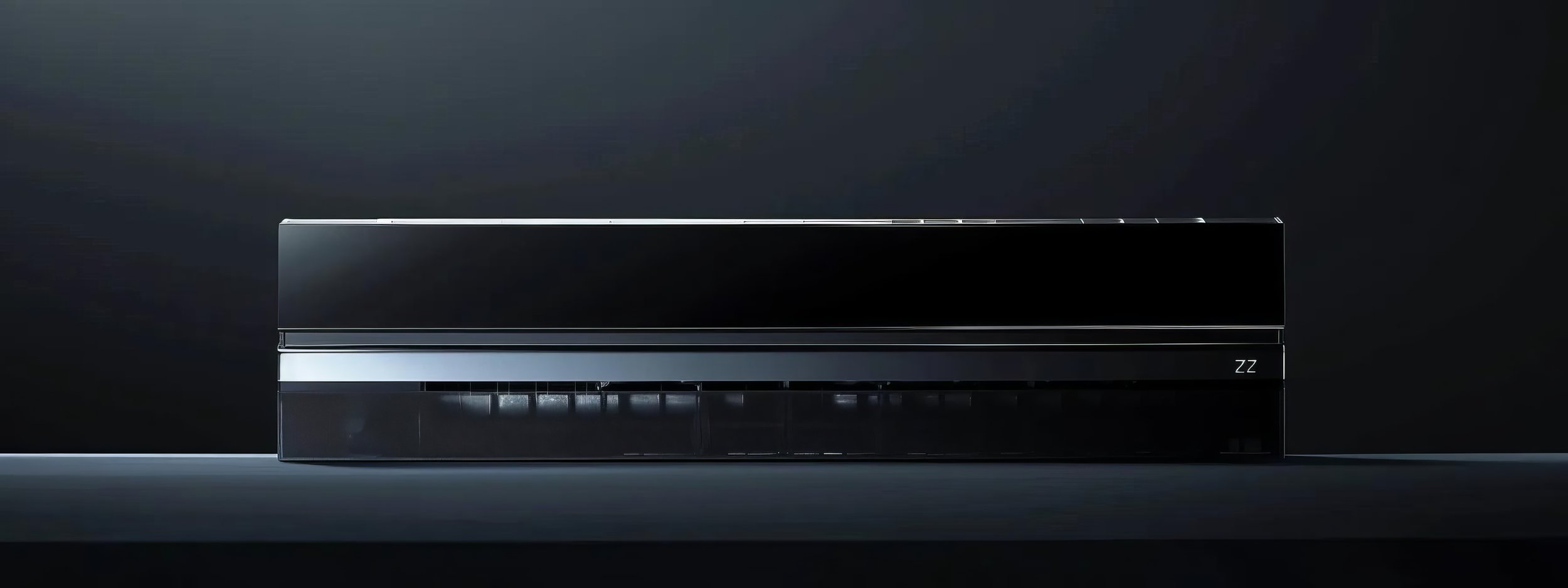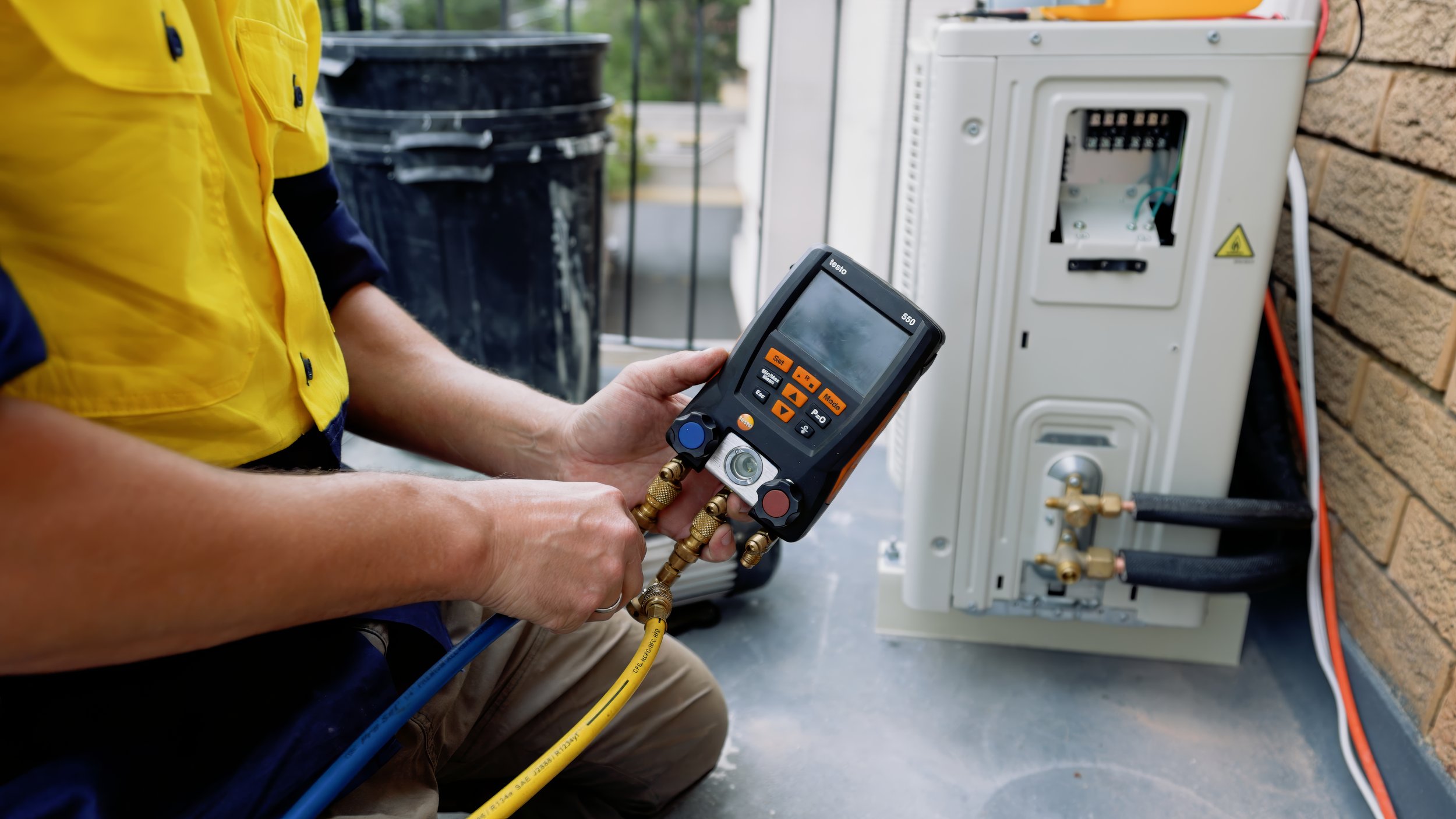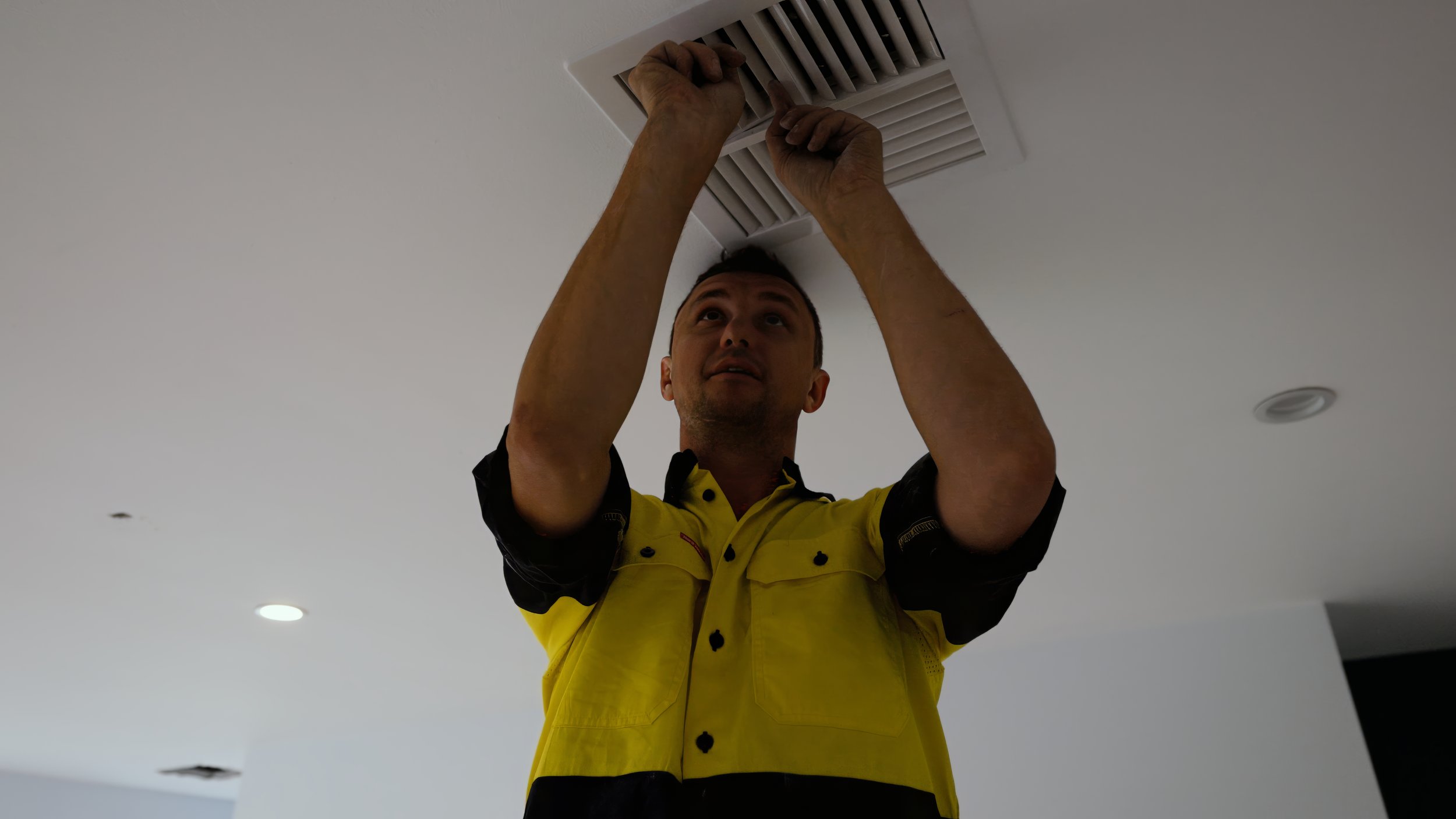Is split system cheaper to run than ducted?
Wondering which system is cheaper to run?
When choosing between a split system and ducted air conditioning, running costs are a critical factor for many Sydney homeowners. With energy bills on the rise, it’s essential to understand which system will be more cost-effective for your specific needs. Having spent over 20 years in the air conditioning industry, I’ve seen firsthand how these systems perform in different scenarios. In this article, I’ll compare the running costs of split systems and ducted air conditioning, helping you make the most informed decision for your home.
Understanding the Basics: Split System vs. Ducted Air Conditioning
Before diving into the cost comparison, it’s important to understand how these two systems work and their typical applications.
1. Split System Air Conditioning
A split system air conditioner consists of two main components: an indoor unit that distributes the cooled or heated air, and an outdoor unit that expels the heat. Split systems are ideal for cooling individual rooms or specific areas. They are relatively easy to install and are often chosen for their cost-effectiveness and flexibility.
Best For: Small to medium-sized homes, apartments, and spaces where you only need to cool specific areas.
Installation Cost: Generally lower compared to ducted systems, with costs ranging from $1,500 to $5,000 depending on the size and capacity of the unit.
2. Ducted Air Conditioning
Ducted air conditioning involves a central unit connected to a network of ducts that distribute air throughout the entire home. The system is usually hidden within the ceiling or under the floor, providing a seamless look and whole-home comfort.
Best For: Larger homes, open-plan living areas, or spaces where consistent temperature control across multiple rooms is desired.
Installation Cost: Higher upfront costs, typically ranging from $8,000 to $15,000 or more, depending on the size of the system and the complexity of the installation.
Comparing Running Costs: Split System vs. Ducted
The running costs of split systems and ducted air conditioning systems can vary significantly based on several factors. Let’s break down these costs in more detail.
1. Energy Efficiency and Usage Patterns
Split System: Split systems are generally more energy-efficient when cooling individual rooms. They allow you to cool only the spaces you are using, which can lead to lower energy consumption. For example, if you spend most of your time in the living room, you can run the split system in that room only, rather than cooling the entire house.
Ducted System: Ducted systems, on the other hand, cool or heat the entire home, which can be less energy-efficient if you only need to control the temperature in one or two rooms. However, modern ducted systems with zoning capabilities allow you to manage the temperature in different areas independently, potentially reducing energy use.
Verdict: For homes where cooling is needed in one or two rooms, split systems are generally cheaper to run. However, if you need consistent cooling across multiple rooms, a ducted system with zoning might be more cost-effective in the long run.
2. Room Size and Home Layout
Split System: Split systems are ideal for smaller spaces or homes with separate living areas. The running cost depends on the size of the room and the unit’s capacity. For instance, running a 2.5 kW split system in a small bedroom will be significantly cheaper than running a larger ducted system to cool the same space.
Ducted System: Ducted systems are better suited for larger homes or open-plan layouts where multiple rooms need to be cooled simultaneously. While the initial running cost may be higher, ducted systems can maintain a consistent temperature across the entire home, which might be more efficient in large or open-plan spaces.
Verdict: In smaller homes or when cooling specific rooms, split systems are generally more cost-effective. In larger homes with open layouts, ducted systems might offer better value despite the higher running costs.
3. Frequency of Use
Split System: If you only need air conditioning for a few hours a day or during specific times of the year, a split system can be more economical. You can turn the system on and off as needed, minimising energy use.
Ducted System: For homes where air conditioning is needed throughout the day or year-round, a ducted system with zoning may provide more consistent comfort at a comparable running cost, especially if you’re cooling multiple rooms simultaneously.
Verdict: For intermittent use, split systems are likely cheaper to run. For continuous use in multiple rooms, a ducted system might be more efficient, particularly with zoning.
4. Maintenance and Longevity
Split System: Split systems are generally easier and cheaper to maintain. Regular filter cleaning and occasional servicing are usually sufficient to keep them running efficiently. However, multiple split systems in one home mean multiple units to maintain.
Ducted System: Ducted systems require more complex maintenance, including checking ducts for leaks and ensuring the central unit is functioning correctly. While maintenance might be more expensive, a well-maintained ducted system can offer longer-term reliability and efficiency.
Verdict: While split systems might have lower maintenance costs, the convenience and longevity of a ducted system can offset these costs over time.
Real-Life Comparisons: Running Costs in Sydney Homes
To illustrate the running costs, here are a few real-life examples from my experience:
Case Study: A Two-Bedroom Apartment in Sydney CBD
A young couple in Sydney’s CBD installed a 2.5 kW split system in their living room and a 2.0 kW unit in their bedroom. They found that their quarterly energy bills only increased on average of around $100 during the summer, thanks to the efficiency of the split systems and their strategic use of the units.
Case Study: A Family Home in the Sutherland Shire
A family of four in the Sutherland Shire installed a ducted air conditioning system with zoning for their four-bedroom home. Despite running the system throughout the day in the summer months, their energy bills were comparable to what they might have paid using multiple split systems in each room. The convenience of centralised control and consistent temperature was a significant benefit.
Which System Is Cheaper to Run?
The answer depends on your specific needs and circumstances:
For Small to Medium Homes or Specific Room Cooling: Split systems are generally cheaper to run, especially if you only need to cool one or two rooms.
For Large Homes or Whole-Home Cooling: A ducted system, particularly with zoning capabilities, may offer better value and efficiency despite higher running costs.
Ultimately, the best choice for you will depend on the size of your home, your cooling needs, and how frequently you use the air conditioning. If you’re still unsure which system is right for you, I’d be happy to provide a personalised consultation. With over 20 years of experience in the air conditioning industry, I can help you find the most cost-effective solution for your home.













